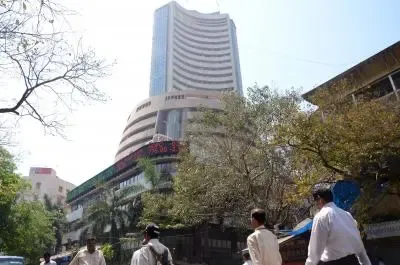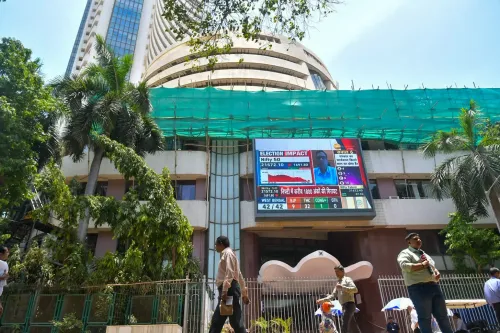Could Nifty Reach 26,889 by December with Growth in Domestic Sectors?

Synopsis
Key Takeaways
- Nifty projected to reach 26,889 by December.
- Domestic demand recovery is multi-faceted.
- Government spending saw impressive growth rates.
- Banks and healthcare sectors are prioritized for investment.
- Rural economy indicators show significant resilience.
Mumbai, July 16 (NationPress) The Nifty index is projected to hit 26,889 by December this year, spurred by a diverse recovery in domestic demand, conducive monetary policies, and targeted fiscal measures, according to a report released on Wednesday.
In light of the optimistic outlook, PL Capital, a financial services firm, has adjusted its 12-month target for the Nifty to 26,889, estimating the Nifty at a 2.5% discount to its 15-year average PE of 18.5x.
Key domestic sectors, including domestic pharmaceuticals, selected staples, banking, capital goods, defense, and power, are expected to excel in the near future.
“During the first quarter, the government’s capital expenditure was accelerated, achieving a remarkable growth of 61% in April and 39% in May, bolstered by strong activity in new project orders and a significant rise in defense spending,” the report noted.
Additionally, the Reserve Bank of India (RBI) has contributed to this sectoral expansion by cutting the repo rate by 100 basis points and implementing a phased 100 basis point reduction in the cash reserve ratio (CRR).
Despite this, the firm anticipates a modest 2% growth in top-line revenue, complemented by substantial 15% improvements in EBITDA and 15.6% growth in profit before tax (PBT).
“While a comprehensive recovery is still pending, elements such as tax benefits, favorable monsoons, reduced inflation, and lower interest rates are fostering conditions for a consumption-driven recovery,” stated Amnish Aggarwal, Director-Research at PL Capital.
The report highlights that rural sentiment remains strong, while urban sentiment is gradually improving, especially within discretionary spending categories.
Domestic sectors are set to spearhead the next phase of market performance, with an overweight stance on banking, healthcare, consumer goods, telecom, and capital goods, while being underweight on IT services, cement, metals, and oil and gas.
Meanwhile, the rural economy exhibits notable resilience, as evidenced by the rural Current Situation Index (CSI) rising from 96.5 in January 2024 to 100 by May 2025.
This recovery is backed by enhanced Kharif sowing—up 11% year-on-year—mild food inflation, and robust governmental spending in rural development, the report emphasized.










